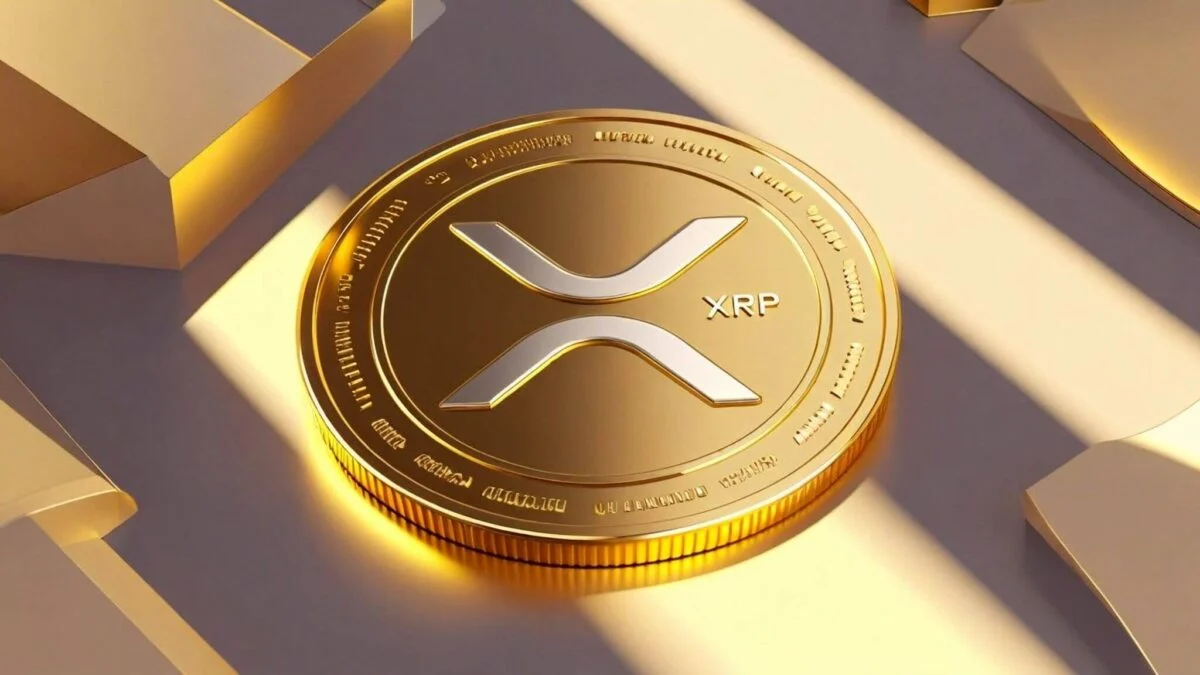TLDR
- XRP cannot be mined because it has a fixed supply of 100 billion tokens created at launch.
- Every XRP transaction permanently destroys a small amount of the token and reduces the total supply.
- The supply of XRP only moves downward which makes it increasingly scarce over time.
- As institutional adoption rises the burn rate increases due to higher transaction volumes.
- Ripple designed XRP with a built-in deflationary model that cannot be altered or reversed.
Ripple’s digital asset XRP operates on a fixed supply model. It cannot be mined and permanently decreases with every transaction. This deflationary structure distinguishes it from assets like Bitcoin and Ethereum.
XRP’s Supply Model Rejects Mining Framework
XRP does not use mining to create new coins. Ripple launched XRP with a fixed supply of 100 billion tokens. No one can increase this supply or recreate the tokens.
Each transaction on the XRP Ledger destroys 0.00001 XRP. This amount is permanently removed from circulation and never recovered. Ripple confirms this burn is built into the protocol.
Because the supply reduces consistently, XRP moves toward scarcity. As usage increases, the rate of reduction accelerates. This mechanism contrasts with proof-of-work models where new coins are added regularly.
The deflationary system shapes XRP’s tokenomics. It combines mathematical certainty with real-world utility. Each use ensures the total token count only decreases.
XRP Adoption Drives Supply Reduction
Ripple built XRP for fast cross-border payments and interoperability. It serves as a bridge between currencies and financial systems. The network settles transactions in seconds with minimal fees.
XRP = Deflationary ✅
Which means:
“…XRP token cannot be mined and its quantity will constantly decrease, and everything that exists in a limited amount and is actively used is becoming more expensive, therefore, with the growth of the network, the XRP price will increase… pic.twitter.com/w3A66n7nem
— SMQKE (@SMQKEDQG) October 18, 2025
As institutions adopt XRP for liquidity management, network activity rises. This leads to more transactions and a higher burn rate. Millions of transactions daily remove tokens from circulation.
Ripple’s documentation confirms every XRP burned is gone forever. No process allows retrieval or reissuance of destroyed tokens. This creates long-term certainty about total circulating supply.
A 2017 academic study by Aigubov and Magomedtagirov supports these claims. The research verifies Ripple’s model and the irreversible burn per transaction. XRP’s protocol permanently reduces supply through network use.
Fixed Asset Model Drives Long-Term Scarcity
Ripple’s technical documents emphasize a key principle. “Everything that exists in a limited amount and is actively used becomes more expensive.” XRP follows this rule as its supply tightens.
As institutional partnerships grow, usage across payment corridors expands. The more XRP moves, the more tokens get burned. This compounding burn rate creates long-term scarcity.
Ripple’s tokenomics focus on practical utility and decreasing supply. This positions XRP differently from inflationary crypto models. Over time, value may rise due to reduced availability.
The XRPL’s design ensures the burn mechanism cannot be altered. It is embedded in the system’s core structure. Every transaction enforces this mechanism with mathematical precision.
Ripple continues to push XRP into decentralized finance markets. These integrations increase real-world utility. More adoption means more use, which leads to more scarcity.
XRP remains fixed in supply while demand shows signs of growth. As activity scales, the deflationary impact strengthens. This dynamic is central to future valuation trends.






